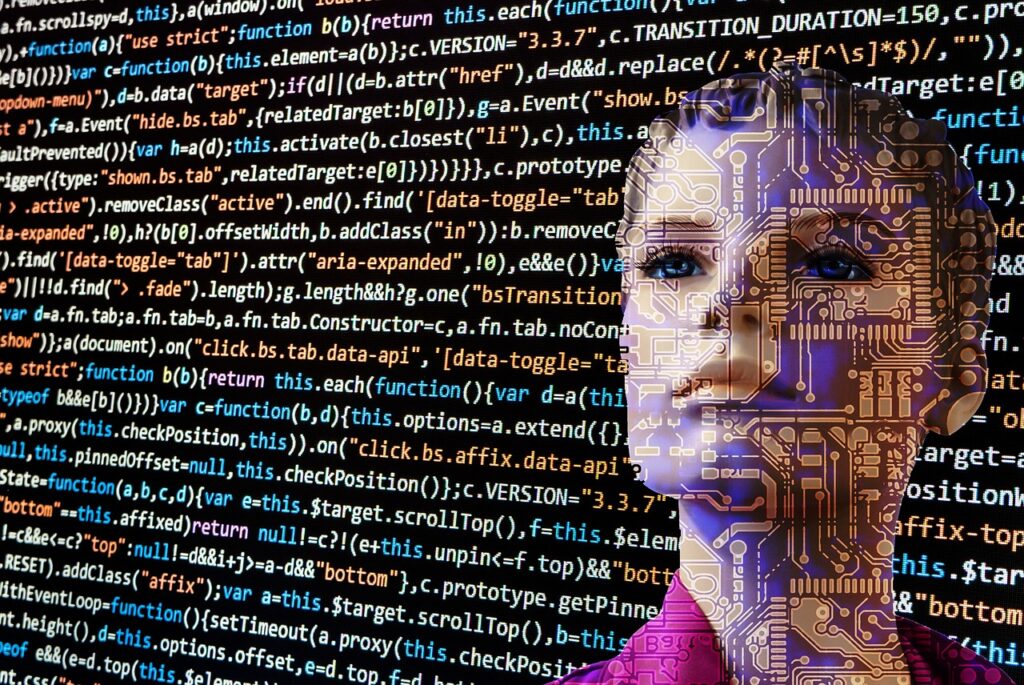Title: Python Language: An Easy Guide for Beginners
Python, often referred to as a versatile programming language, has gained immense popularity in recent years. Its simplicity, readability, and extensive libraries make it an excellent choice for beginners and experienced programmers alike. In this article, we’ll explore Python in-depth, breaking down its key aspects, and providing you with a comprehensive understanding of this powerful language.

What is Python?
Python is a high-level, interpreted programming language known for its clean and easily readable code. Created by Guido van Rossum in the late 1980s, Python was designed with simplicity and code readability in mind. It has since become a favorite in various fields, including web development, data science, machine learning, and automation.
Key Features of Python
Let’s delve into some of the fundamental features that make Python stand out:
1. Easy to Learn and Read
Python’s syntax is straightforward and resembles plain English, making it accessible to beginners. This simplicity reduces the learning curve, allowing aspiring programmers to focus on problem-solving rather than deciphering complex code.
2. Versatile
Python is a versatile language suitable for a wide range of applications. You can use it for web development, data analysis, artificial intelligence, scientific computing, and more. Its versatility stems from an extensive standard library and a vibrant ecosystem of third-party packages.
3. Large Standard Library
Python boasts a vast standard library that covers various functionalities, from handling files and working with data structures to networking and web development. This rich resource eliminates the need to reinvent the wheel, as you can leverage pre-built modules to simplify your coding tasks.
4. Interpreted Language
Python is an interpreted language, meaning you don’t need to compile your code before executing it. This results in quicker development cycles, allowing for easier debugging and code modifications.
5. Cross-Platform Compatibility
Python is available on various platforms, including Windows, macOS, and Linux. This cross-platform compatibility ensures that your Python programs can run seamlessly on different operating systems.
6. Community and Support
Python has a vibrant and supportive community of developers. This community-driven approach leads to the continuous improvement of Python and an abundance of resources, tutorials, and forums for learners and developers.
7. Open-Source
Python is an open-source language, which means it’s free to use and distribute. This encourages collaboration and innovation within the Python community.
Basic Syntax and Concepts
Let’s explore some of the fundamental elements of Python:
1. Variables and Data Types
In Python, you declare variables without specifying their data types explicitly. Python infers the data type based on the assigned value. Common data types include integers, floats, strings, and booleans.
name = "John"
age = 30
height = 5.11
is_student = True2. Indentation
Python uses indentation to define code blocks, such as loops and conditionals. Indentation is crucial for maintaining code readability and structure.
if x > 5:
print("x is greater than 5")
else:
print("x is not greater than 5")3. Functions
Functions in Python are defined using the def keyword. They are blocks of reusable code that can take input parameters and return values.
def add(a, b):
return a + b4. Lists and Loops
Lists are versatile data structures in Python. You can use them to store collections of items and iterate over them using loops like for and while.
fruits = ["apple", "banana", "cherry"]
for fruit in fruits:
print(fruit)5. Conditional Statements
Python supports common conditional statements like if, elif, and else for decision-making in your code.
if age >= 18:
print("You are an adult.")
elif age >= 13:
print("You are a teenager.")
else:
print("You are a child.")6. Libraries and Packages
Python’s strength lies in its extensive libraries and packages. You can easily import and use these libraries to extend Python’s capabilities. For example, the math library provides advanced mathematical functions:
import math
result = math.sqrt(25)Getting Started with Python
Here are the steps to get started with Python:
1. Install Python
Visit the official Python website (python.org) and download the latest version of Python for your operating system. Follow the installation instructions to set up Python on your computer.
2. Choose a Code Editor or IDE
Select a code editor or integrated development environment (IDE) to write and run your Python code. Some popular options include Visual Studio Code, PyCharm, and Jupyter Notebook.
3. Learn the Basics
Start with the fundamentals of Python, including variables, data types, and basic syntax. Online tutorials, courses, and Python’s official documentation are excellent resources for beginners.
4. Practice, Practice, Practice
Practice is key to becoming proficient in Python. Work on small projects, solve coding challenges, and explore Python’s libraries and packages to gain hands-on experience.
5. Explore Specializations
Python offers various specializations, such as web development, data science, and machine learning. Depending on your interests and career goals, delve deeper into the relevant areas.
Conclusion
Python’s simplicity and versatility make it an ideal choice for beginners and experienced programmers alike. Whether you aim to build web applications, analyze data, or create artificial intelligence models, Python provides the tools and resources you need to succeed. Start your Python journey today, and you’ll be well on your way to becoming a proficient programmer in this exciting language. Happy coding!

Thanks for sharing this post, It was great reading this article. I would like to know more about Python Programming. keep in touch and stay connected and Guide us more.
thanks